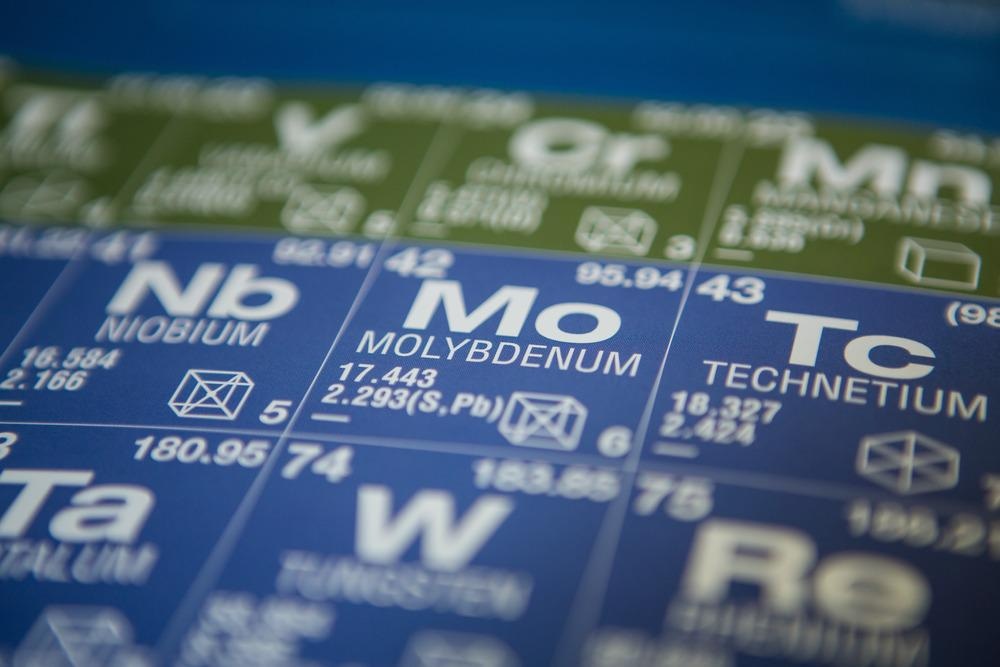The field of semiconductor research is constantly exploring materials with enhanced properties for use in semiconductors. Writing in Nature, Andras Kis has recounted how his team created a two-dimensional semiconductor based on a single layer of inorganic molybdenum disulfide.

Study: How we made the 2D transistor. Image Credit: Intothelight Photography/Shutterstock.com
Constructing Semiconductors out of Ever-Thinner Materials
Moore’s law dictates that the number of transistors on a semiconductor will double every two years. In pursuit of this, the materials used in semiconductors keep getting thinner and are heading toward the atomic limit. How thin a material can be is a key question in semiconductor design. Solving this conundrum will inform the future of the industry, providing innovative technologies that help the industry take a huge step forward, solving the limitations of semiconductor design.
One answer seemed to be using graphene. This material is comprised of a single layer of carbon atoms., but suffers significantly from a lack of bandgap, which is crucial for semiconductor materials. To improve this and make graphene more suitable for this application, techniques such as applying a vertical electric field or shaping it into nanoribbons have been explored, but these techniques present technical challenges.
A Different Approach
Because of these challenges, the team led by Andras Kis decided to take a different approach. They decided to start with a two-dimensional material that already has a bandgap, rather than trying to induce one in the material.
Taking inspiration from his days as a PhD student, Kis explored inorganic molybdenum disulfide as an alternative material. At the time, researchers were investigating carbon nanotubes, but a smaller group was working on exploring the properties of molybdenum disulfide and tungsten diselenide nanotubes. Thus, the basis of studying 2D molybdenum disulfide and related two-dimensional materials was formed.
His group at EPFL in Switzerland began to explore making a 2D molybdenum disulfide transistor. The thin films were exfoliated from bulk crystals. The microscopy supplies market sells molybdenite, which is a mineral comprised of molybdenum disulfide with a similar appearance to graphite. Thus, the transistor material was easy to source from commercial suppliers.
Building the Device
Building the transistor initially proved challenging using this material. One early challenge was finding a suitable contact material. By the end of 2009, progress was made on solving this difficulty, when transistors using five-to-six-layer thick molybdenum disulfide were routinely produced. These early transistors displayed current modulation of six orders of magnitude. However, single-layer transistors were still facing issues with noise and resistance.
Video Credit: Quantum Light University of Sheffield/Youtube.com
This was overcome by using a system using atomic layer deposition to deposit insulating materials layer-by-layer, which was developed by Aleksandra Radenovic. To further explore protection against air and moisture and shield the 2D material from impurities, the team investigated the application of hafnium oxide. This worked better than the research team expected.
The first generation of the team’s monolayer transistor device showed enhanced electrical properties and performance. Current and resistance showed significant improvement, and on/off current ratios over 1 x 108 were observed. Furthermore, leakage currents to the order of hundreds of femtoamperes lower were achieved.
The results of the study were published in 2011 in the journal Nature Nanotechnology. The research demonstrated the possibility of constructing transistors out of 2D materials other than graphene that displayed superior electrical properties.
Parallel Research
Around the same time as this groundbreaking research, groups at the University of California, Berkeley, Trinity College Dublin, and Columbia University were investigating molybdenum disulfide for its properties and fabrication methods. Results of the research carried out by these teams provided several significant advances in the field.
Firstly, the groups at Berkeley and Columbia presented research that showed monolayered molybdenum sulfide exhibits photoluminescence due to its bandgap. The team at Trinity College Dublin developed a liquid-phase exfoliation process to mass-produce molybdenum disulfide as well as other 2D monolayer materials. The results of these research studies alongside the manufacture of 2D monolayered molybdenum disulfide transistors paved the way for the expansion of the field.
The Future
Two dimensional transistors are revolutionary for the semiconductor industry. These atomically thin devices have the potential for continued scalability of transistors in a multitude of devices. However, many studies on 2D transistors have thus far been limited to proof-of-concept, with much work needed in the field to assess these devices and realize their commercial viability in the electronics industry.
As the need for atomic scale materials becomes more intense, research into thinner and thinner devices is gathering pace. The groundbreaking research by Kis and his team provided new opportunities for physicists, chemists, and engineers working in the semiconductor industry to realize the true limits of semiconductor technologies.
Further Reading
Kis, A (2021) How we made the 2D transistor [online] nature.com. Available at: https://doi.org/10.1038/s41928-021-00675-w
Disclaimer: The views expressed here are those of the author expressed in their private capacity and do not necessarily represent the views of AZoM.com Limited T/A AZoNetwork the owner and operator of this website. This disclaimer forms part of the Terms and conditions of use of this website.